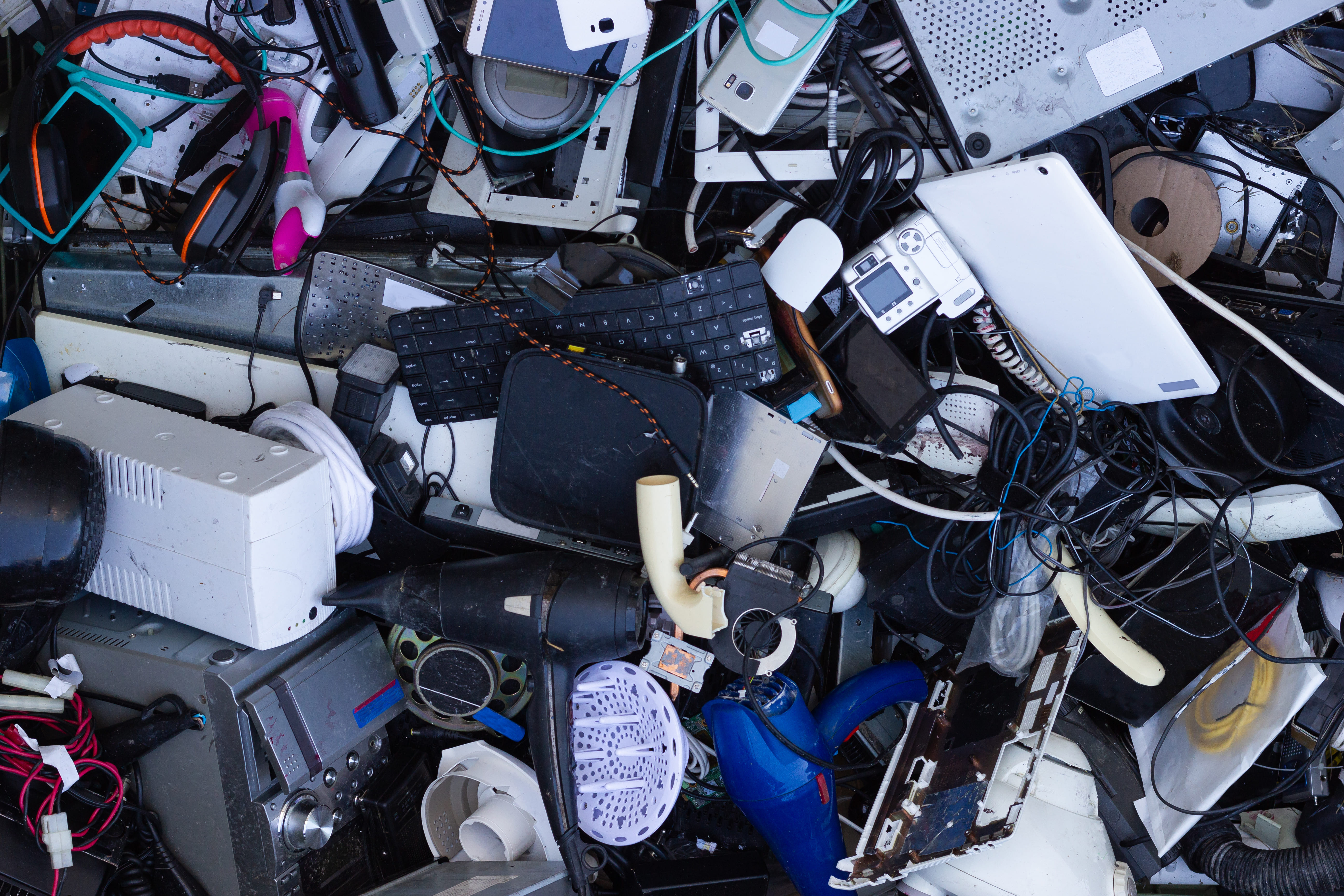
Sisu tabel
- Direktiiv 2012/19/EL jäätme- ja elektroonikaseadmete kohta (WEEE): määrused, vastavus ja keskkonnamõju
- WEEE direktiivi lõppeesmärk
- Rakendamise ajakava
- EEE klassifikatsioonid vastavalt WEEE direktiivile 2012/19/EL alates 15. augustist 2018.
- Passiivsed seadmed avatud ulatuse all
- Tootja
- Volitatud esindaja
- Elektri- ja elektroonikaseadmete märgistamise sümbol (EEE)
Directive 2012/19/EU on Waste Electrical and Electronic Equipment (WEEE): Regulations, Compliance, and Environmental Impact
Ultimate objective of the WEEE Directive
- The primary goal of the Directive is to prevent or decrease the adverse environmental impacts arising from the creation and handling of WEEE, as well as from the utilization of resources.
- WEEE is a directive, rather than a regulation, and is thus implemented through distinct local laws in each EU country. This results in various compliance challenges associated with adhering to the WEEE directive.
Implementation Timeline
- 13 August 2012: Entry Info force
- 14 February 2014: Transposition Deadline: Same as that of Directive 2002/96/EC Scope: Identical to that of Directive 2002/96/EC +PV panels
- 15 August 2018: Inclusive scope: The directive encompasses all EEE, with the exception of explicitly excluded items.
As of August 15, 2018, the scope of the Directive was expanded to encompass all EEE, which must now be classified into six categories instead of the prior ten.
EEE classifications according to WEEE Directive 2012/19/EU as of August 15, 2018.
Passive devices under the open scope
Manufacturer
A number of EU directives employ the term "Manufacturer" to refer to a specific entity responsible for introducing the regulated product into the market. The manufacturer is legally accountable for adhering to the EU directive, and this responsibility cannot be delegated to others or contractually transferred.
Authorized Representative
An "Authorized Representative" is an exception to the compliance obligation described earlier. When the manufacturer is located outside of an EU jurisdiction, it is necessary to appoint a local representative to assist in fulfilling the manufacturer's responsibility and to have a person subject to national jurisdiction within the country.
While there may be discrepancies between different EU member states, the main points are:
- Product registration by brand or product category (B2B or B2C).
- Upon completion of registration, a unique registration number will be assigned, which must be included in commercial documents such as invoices and delivery notes.
- Annual or monthly reporting of the quantity sold.
- Recycling.
- Display of the crossed-out wheeled bin (the WEEE symbol).
Symbol for the Marking of Electrical and Electronic Equipment (EEE)
The symbol that signifies separate collection for EEE is depicted by a crossed-out wheeled bin, as illustrated below. The symbol must be clearly, legibly, and permanently marked.
Ahmed Sakr
Product Compliance Consultant
ComplyMarket UG (haftungsbeschraenkt)
Jagage oma kogukonnaga
Kommentaarid
Jäta kommentaar või esitage küsimus


